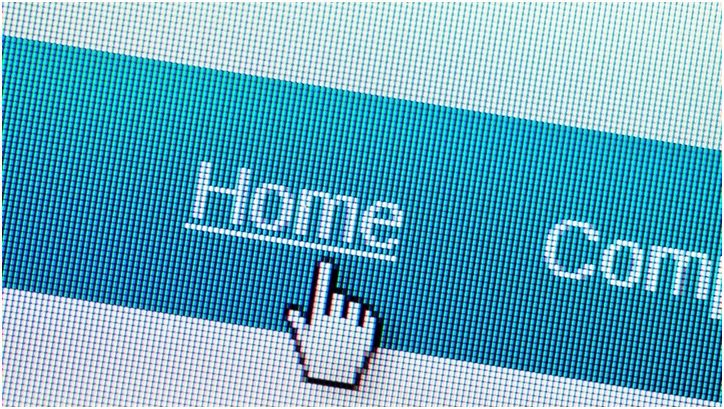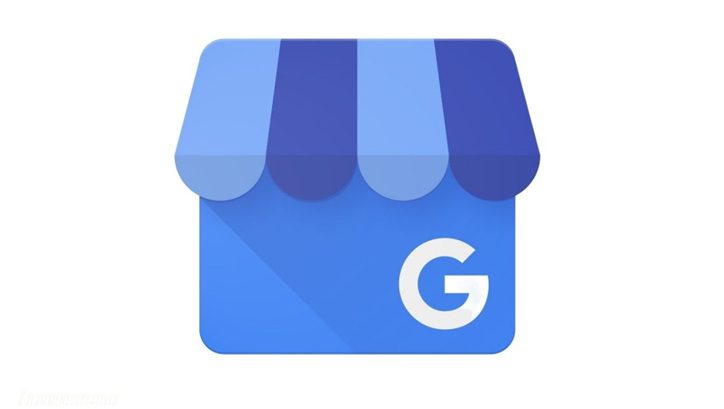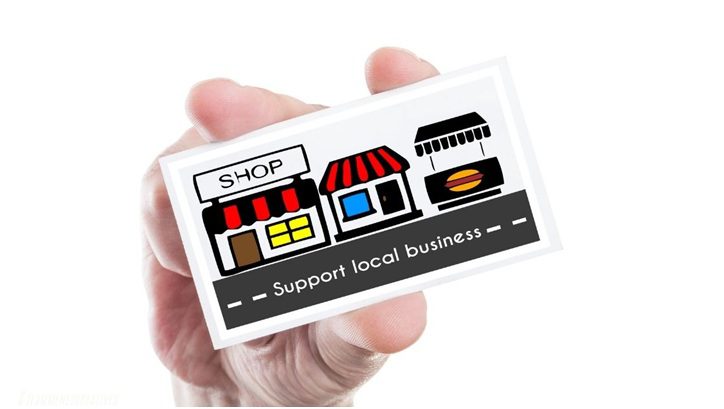Local SEO is trending more and more because people are searching online for products or services near them. And since local SEO allows search engines to display the most relevant results for nearby solutions, digital marketers need to optimize it.
Optimizing your local SEO means more web traffic, leads, and conversions. It helps brands compete more efficiently against larger domestic brands that have limitless spending power.
Small businesses can neutralize the benefit of larger brands that systematically optimize for wider keywords by targeting unique local-SEO to-dos, serving the unserved in the target market, and increasing online presence to convert.
Since search engines rank the most usable results possible, local SEO should be prioritized. The geographical aspect is also the main difference between local SEO and typical organic SEO. Leverage the different strategies to get high search engine rankings locally.
Table of Contents
How to Optimize Your Site for Local SEO in 7 Ways
1. Optimize Your Homepage

Your homepage should state who you are, where you are and what you do quite clearly. These aspects of your business must be clear and easily-searchable for Google search engine bots. When these information are properly indexed, your site becomes more searchable.
You can input this information through your page title tag, header tag and meta description. You can easily change your company website title tag under Settings > General in the left menu if you’re using WordPress to create your website. If you have the Yoast plugin or a similar SEO plugin, you can load the metadata more conveniently.
2. Create a Google My Business Account

The most successful way to rank higher on Google Maps as well as improve insight in Google Search local results is perhaps to customize your Google listing or profile.
However you need a Google My Business account associated with your company profile to make these optimizations. After you have submitted all the requested information in the dashboard of your Google My Business account, all that information will be added to your Business Profile that appears in the local Google Search results, the Google Search Knowledge Panel, and Google Maps.
3. Optimize Your Meta Data

Image Source: Dataedo | What is MetaData?
Page title tags and meta descriptions are still important and can be optimized for local SEO. Your page title tags must include the name of the city you want to concentrate on if you’re concentrating on optimizing for local SEO.
Including the city and the service or product you sell tell search engines “this is where you will find me.” It also clearly states, “this is what I do in this place.”
4. Get Regular Reviews From Happy Customers

Good reviews optimize your online presence, especially on Google My Business. It also enables more local customers to buy from you. These days, social media and UGC is on the rise. UGC stands for User-Generated Content. Almost all consumers would only buy a product or avail of a service after they have read UGC like reviews, ratings, forums, and the like.
It is why you need to encourage customers to write reviews. Provide incentives like discounts and the like to the ones that do. Sometimes, customers may know nothing about your brand except for referrals or word-of-mouth marketing strategies.
To allow customers to leave ratings, here are some tips:
- Ask in person for a review after the closing of a sale
- Send a post-purchase email or letter asking clients to write a summary (but only after screening them via an internal survey to ensure that you do not target disgruntled clients)
- Respond professionally to current feedback, accept reviewers and answer concerns in not-so-favorable reviews
5. Optimize for Voice Search

Voice search is one of the rising digital marketing trends for 2021. It is important to refine how individuals ask questions while talking to computers, as compared to how they type out their queries.
In essence, when doing voice searches, the clients use more long-tail keywords compared to standard searches. Because of this, to suit the more conversational sound of someone speaking, you will also have to change the SEO of your content.
You’ll want to take the typical question starters (who, what, where where, why and how) into account, for example.
When optimizing for speech, it is also important to understand user intent, as these searches are most frequently done when a particular piece of data is desired by the user. They expect a simple and useful response if they’re baking and ask Alexa to transform tablespoons to cups.
If a potential client uses voice search to query what the hours of your organization are this data should also be readily accessible.
6. Create Localized Content

There’s nothing quite like writing content that speaks or directly relates to a local problem to catch the interest of your local customers.
Such techniques include writing blog posts about local news stories, creating videos about local charities, and setting up location-specific websites with high-quality local content.
For instance, you are business with multiple branches in other localities, cities, or even countries. You can choose to build a main page for your brand, but have several pages dedicated to each location, containing hyperlocal content. Doing this gets you ranked for each particular location on SERP.
It is a good strategy as it exponentially increases the potential of your main web page to rank. It pulls the domain authority of your site, even pulling those pages of actual stores that are not doing as well as the others.
7. Build a Landing Page for Each Product or Service

If you have a wide array of products and services, it is best to spread them about and dedicate a landing page to each product or service you offer. It is not good for SEO to smush products all in one page. It is not user-friendly and can cause very high bounce rates or site abandonment.
It is a best practice for SEO because it makes your search engine sitemap clear and simple. It also improves the ranking of your landing pages and overall website, plus opens the door to specific schema implementations.
Conclusion: Local SEO Makes Consumer’s Lives Easier
Linking customers to local brands, products, and services, shows that you want to better serve your market by getting to them what they need, right where they are.
It helps potential customers that through local SEO, they can search for both small and multi-location companies, see their options of what is most convenient to them, and locate the company’s brick-and-mortar locations with other apps like Google Maps and the like.
This interaction is simple, but it streamlines the customer’s buying journey and helps you to boost your business in the new normal economy. Ultimately, customers benefit the most, because anything that makes consumers’ lives easier is a win.

